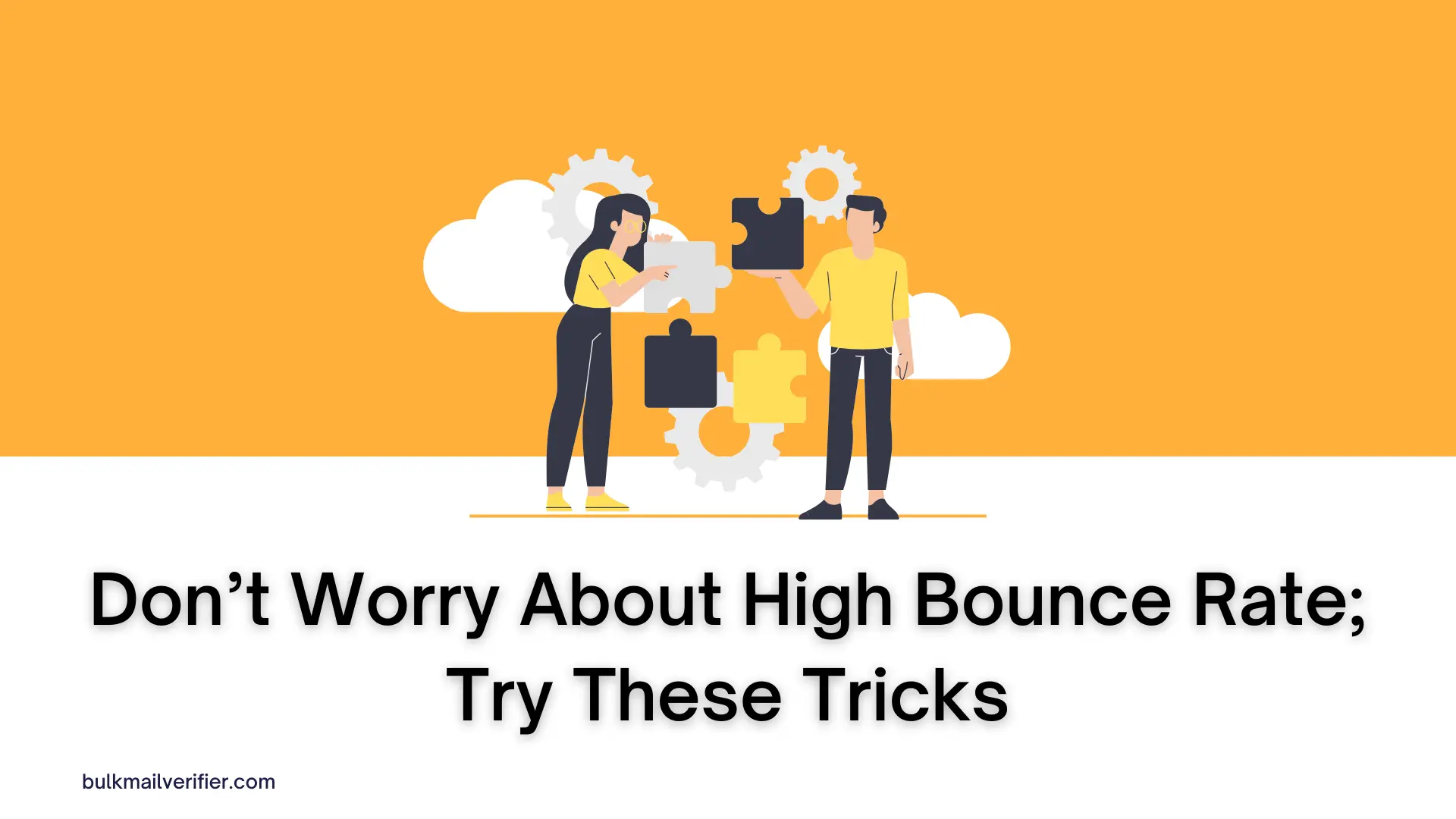Reduce Email Bounce Rates with Proven Strategies
 Published by Bulk Mail Verifier
Published by Bulk Mail Verifier
Introduction
In email marketing, a bounce is an email that is returned to the sender because it can't be delivered. This can occur for various reasons, and it's a significant issue when your messages fail to reach your audience. High bounce rates can severely impact your email deliverability and overall marketing effectiveness. Fortunately, there are strategies you can implement to reduce bounce rates and improve your campaign performance.
Understanding Email Bounces
Email bounces are classified into two types: soft bounces and hard bounces. Soft bounces are temporary issues, such as a full inbox, while hard bounces indicate a permanent problem like an invalid email address. Both types can affect your sender reputation and deliverability.
Strategies to Reduce Bounce Rates
Clean Your Email List
One in four email addresses becomes inactive each year, leading to higher hard bounce rates. Regularly cleaning your email list is crucial. Use email verifier software to remove inactive addresses and ensure your emails reach active users.
Implement Double Opt-In
Double opt-in is a proven method to ensure your subscribers genuinely want to receive your emails. By confirming their subscription twice, you reduce the chances of incorrect email addresses entering your list, thus lowering bounce rates and increasing engagement.
Prioritize Your Core Campaign
Your initial email campaign sets the tone for your relationship with subscribers. Sending to a clean, verified list is essential to avoid high bounce rates and maintain trust. A poor first impression can lead to account suspension and damage your brand reputation.
Regularly Update Subscriber Information
Subscribers often change their email addresses or preferences. Periodically request updated information to maintain a current and accurate email list. This practice helps in reducing bounce rates and enhancing deliverability.
Verify the Sender's Domain
A verified sender domain ensures that your emails have the necessary permissions to reach inboxes. This verification process reduces the likelihood of your messages bouncing and enhances your overall email deliverability.
Real-Time Email Validation
Validating email addresses in real-time during the signup process helps capture only valid email IDs. This improves data quality and reduces bounce rates. Consider using BulkMailVerifier.com for efficient real-time validation.
Conclusion
Reducing email bounce rates is essential for successful email marketing campaigns. By implementing these strategies, you can improve your email deliverability and achieve better marketing results. For more effective email validation solutions, explore the services offered by BulkMailVerifier.com.
For further insights and tools to enhance your email marketing efforts, visit BulkMailVerifier.com and start optimizing your email list today!